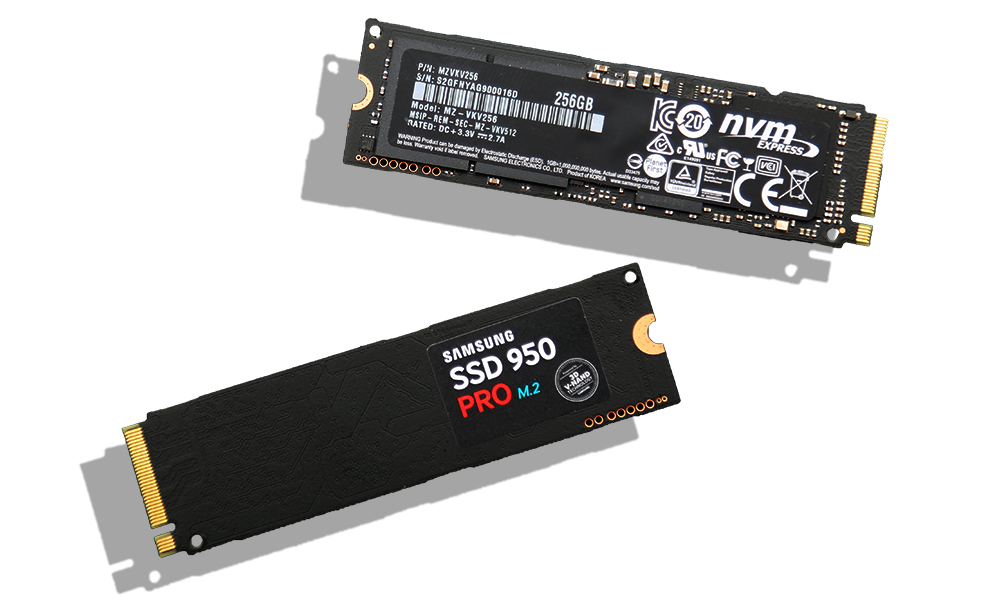I'm sure most SSD controller manufacturers are implementing something similar to Samsung's "Dynamic Thermal Guard". This monitors temperature of the drive and throttles performance under heavy loads. What defines a heavy load? 62 seconds of data transfer  Review Here
Review Here
ITX boards with M.2 slots don't have room on the top of the board so they place the slot on the bottom. This sandwiches the drive against the motherboard tray. Unless your case has an open vent directly where the M.2 slot is, I suspect poor performance to crop up much faster than 62 seconds on these ITX M.2 configurations without adequate airflow. I don't see how you could attach a heat sink or thermal solution in the space between your motherboard and the tray.
The only solutions I can think of - selecting a case that has a hole around the M.2 or modding the motherboard tray. Anyone know of an ITX case that accommodates the M.2 thermal issue?
High temperatures can cause a number of issues with NAND, from lower write endurance to bit errors.
Example board placement of the M.2 slot

ITX boards with M.2 slots don't have room on the top of the board so they place the slot on the bottom. This sandwiches the drive against the motherboard tray. Unless your case has an open vent directly where the M.2 slot is, I suspect poor performance to crop up much faster than 62 seconds on these ITX M.2 configurations without adequate airflow. I don't see how you could attach a heat sink or thermal solution in the space between your motherboard and the tray.
The only solutions I can think of - selecting a case that has a hole around the M.2 or modding the motherboard tray. Anyone know of an ITX case that accommodates the M.2 thermal issue?
High temperatures can cause a number of issues with NAND, from lower write endurance to bit errors.
Example board placement of the M.2 slot

![[H]ard|Forum](/styles/hardforum/xenforo/logo_dark.png)

%20r113858v205.png)